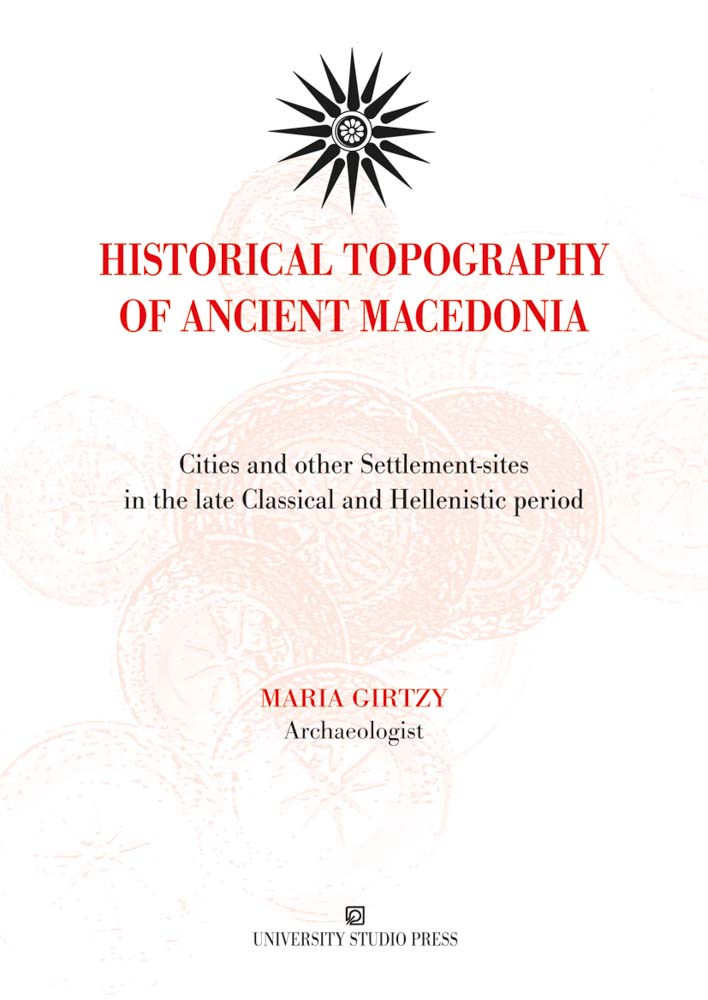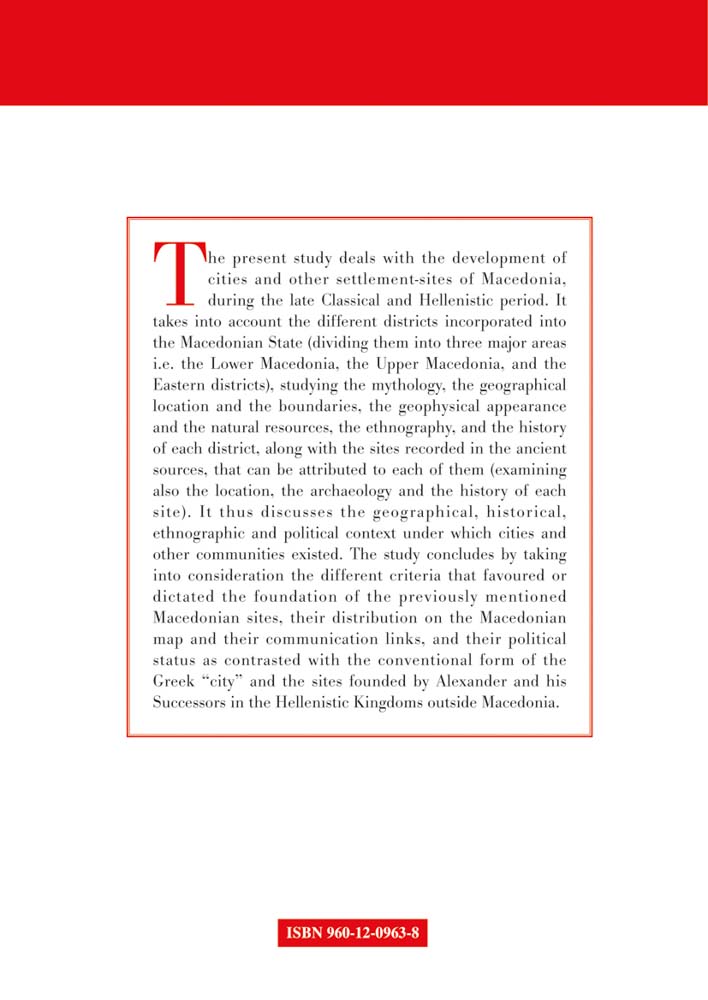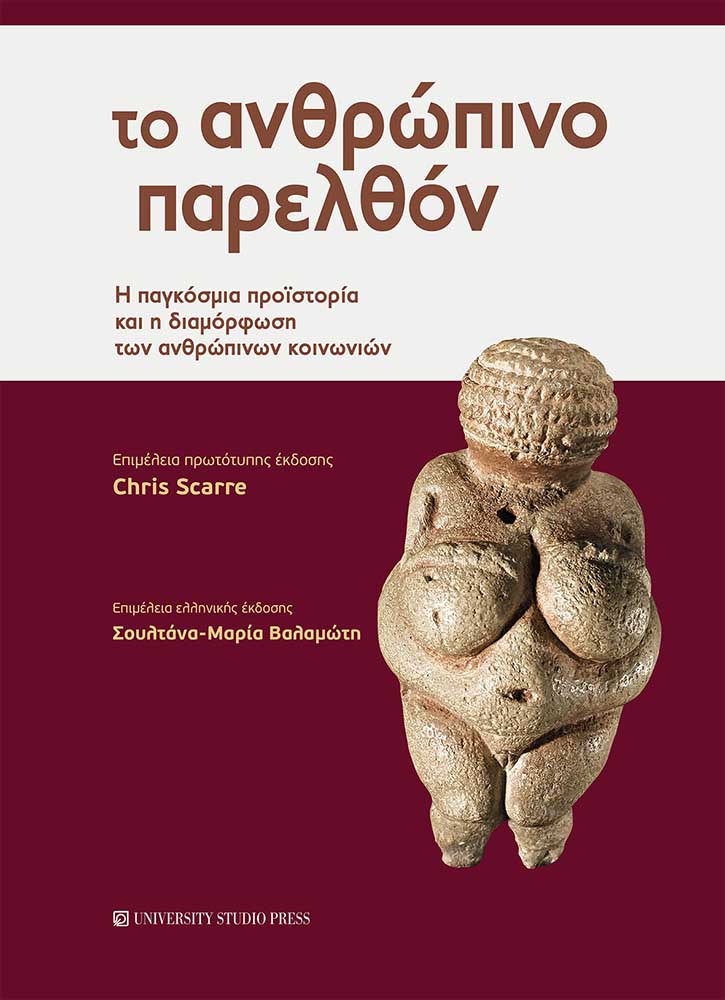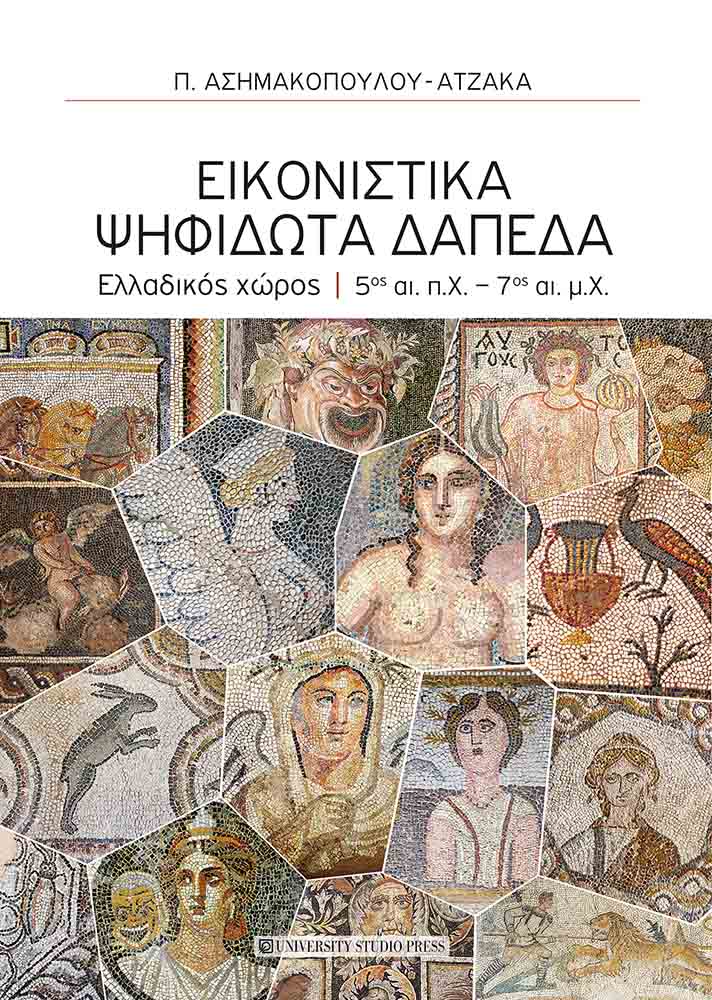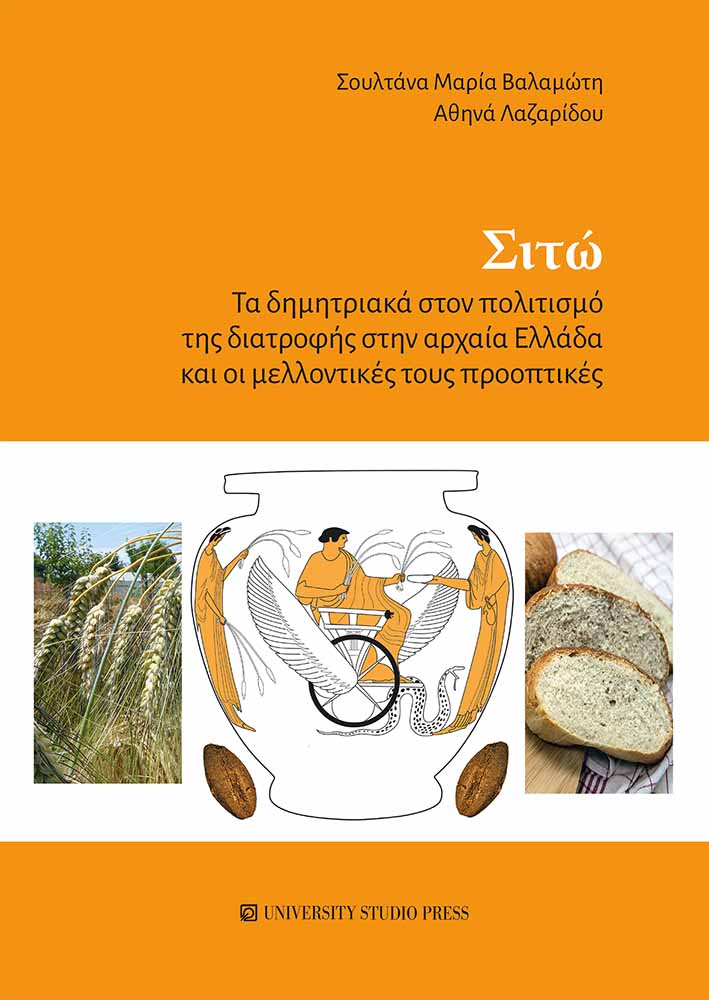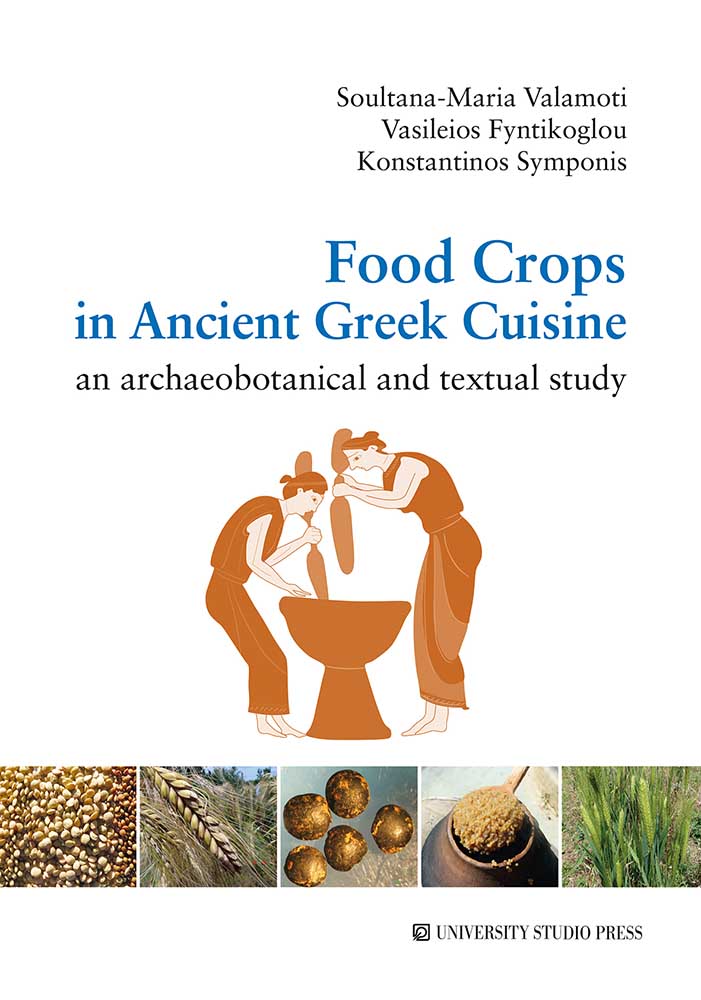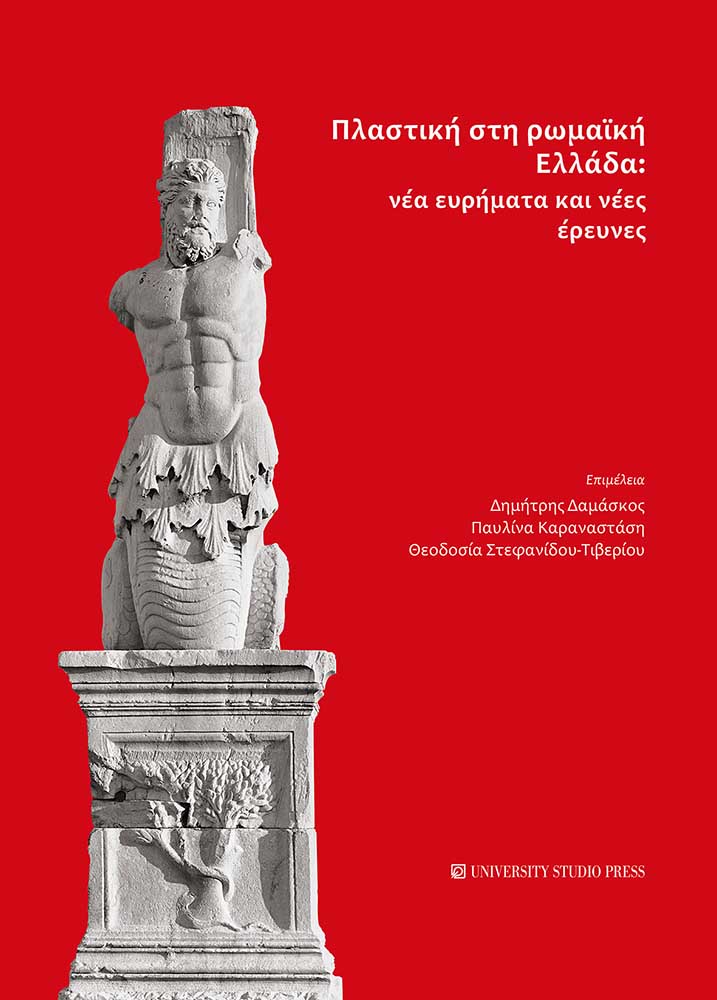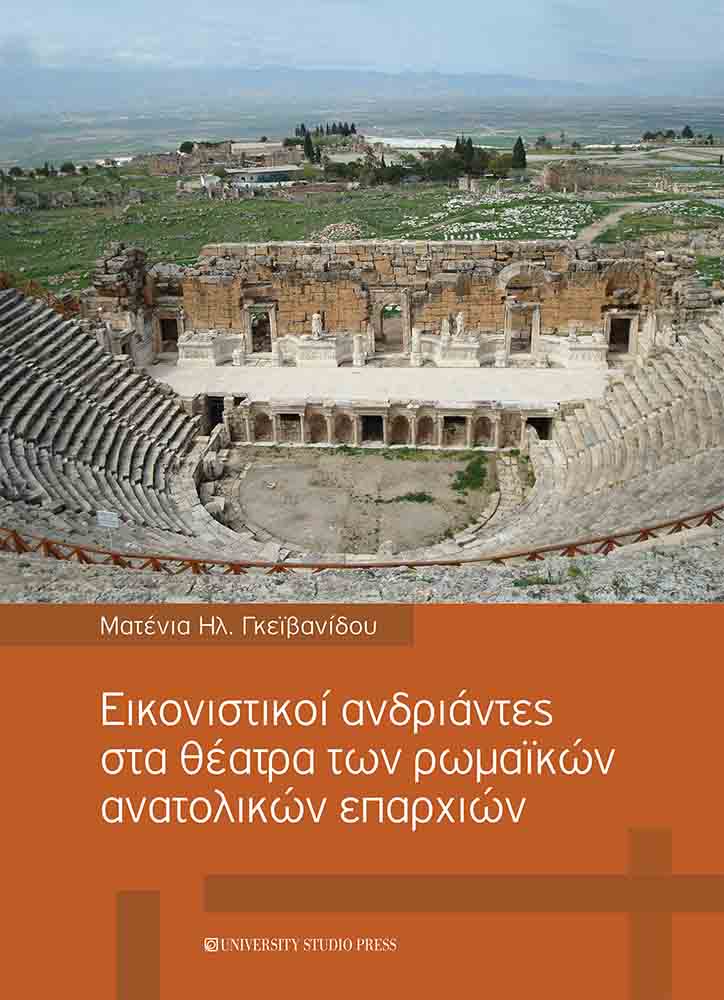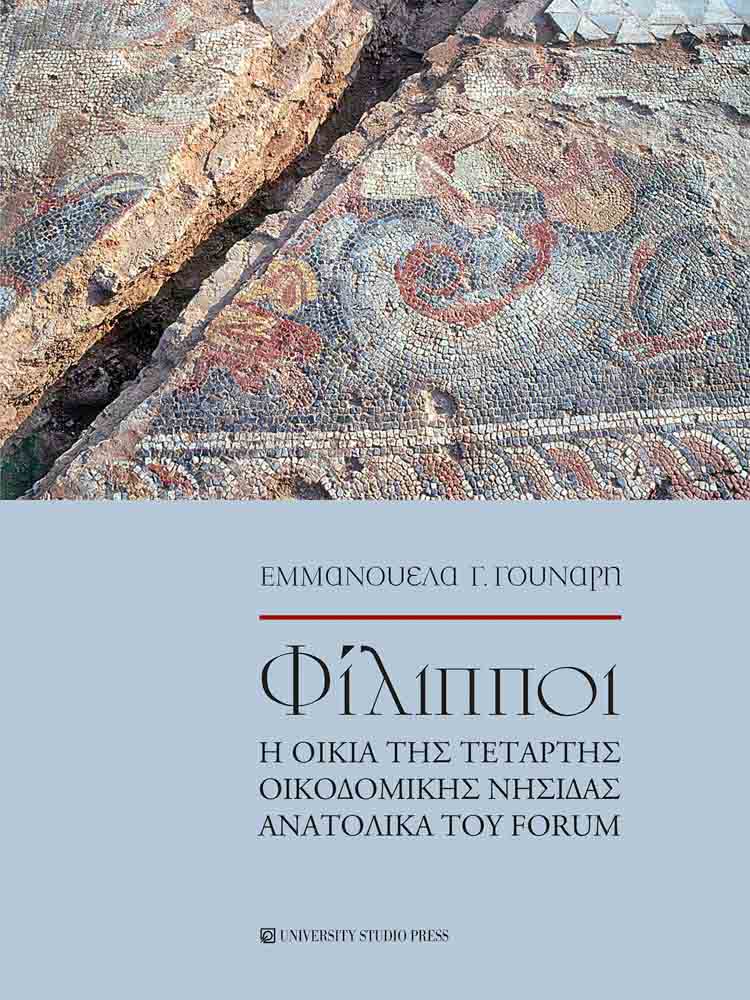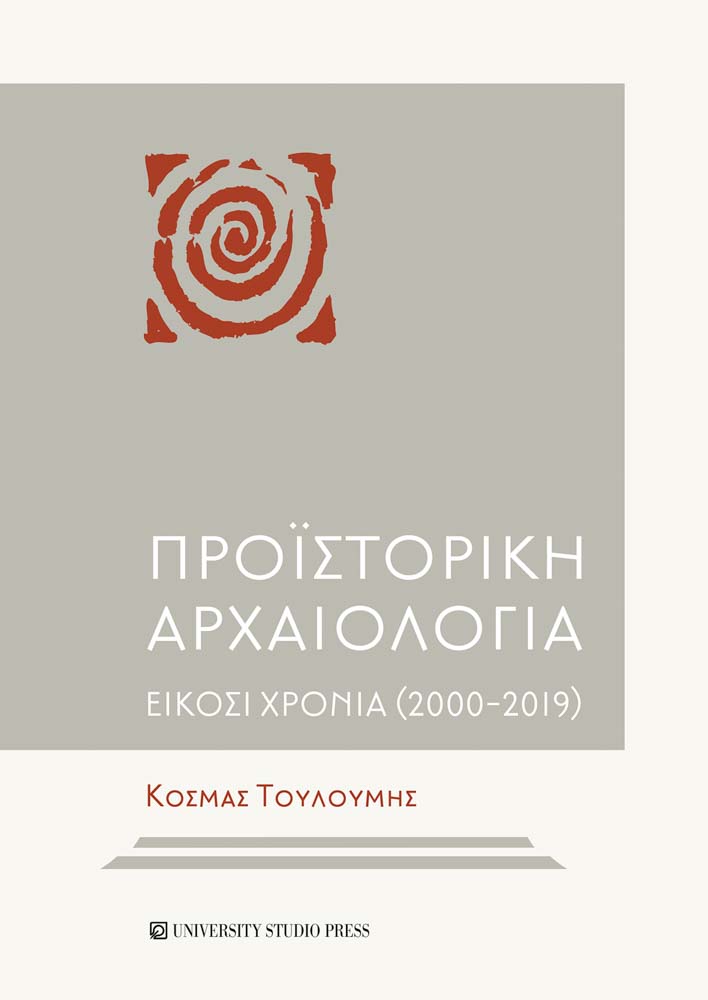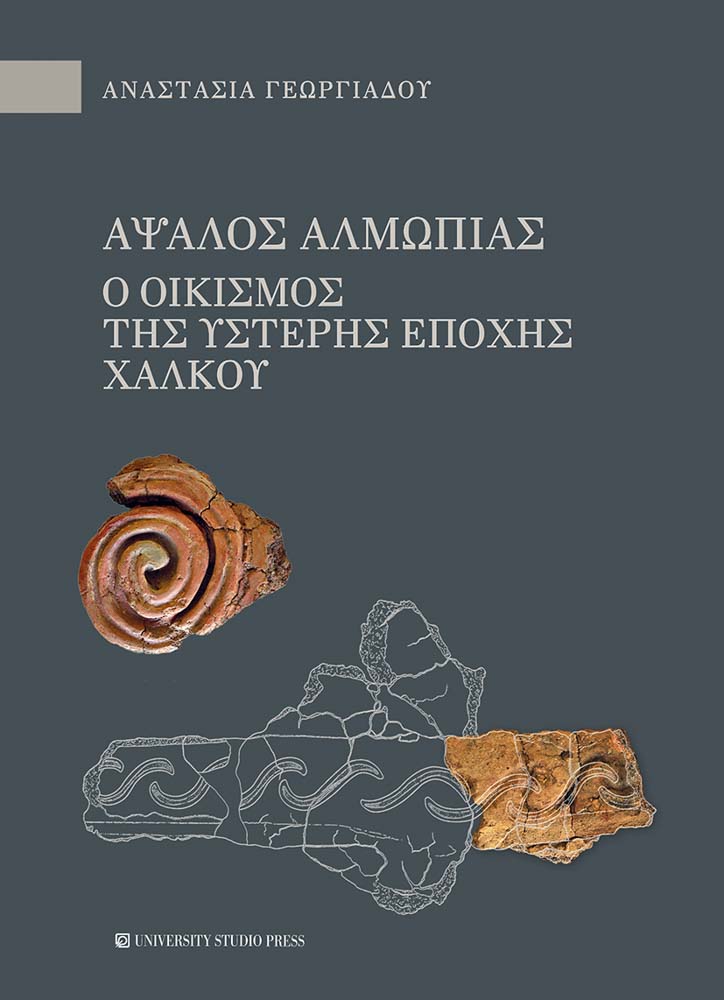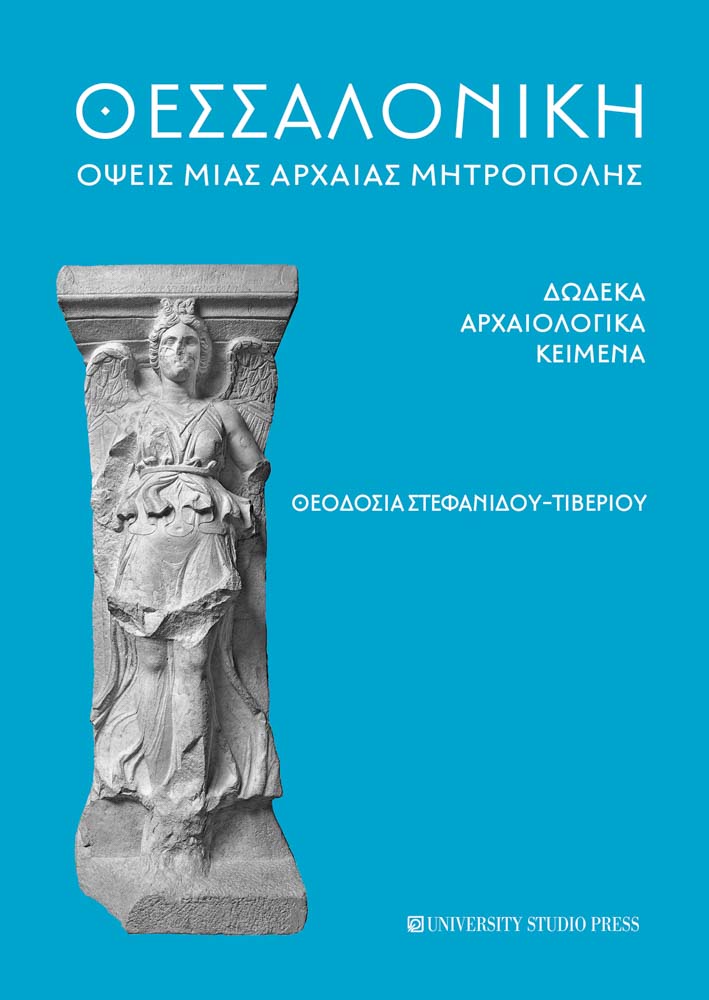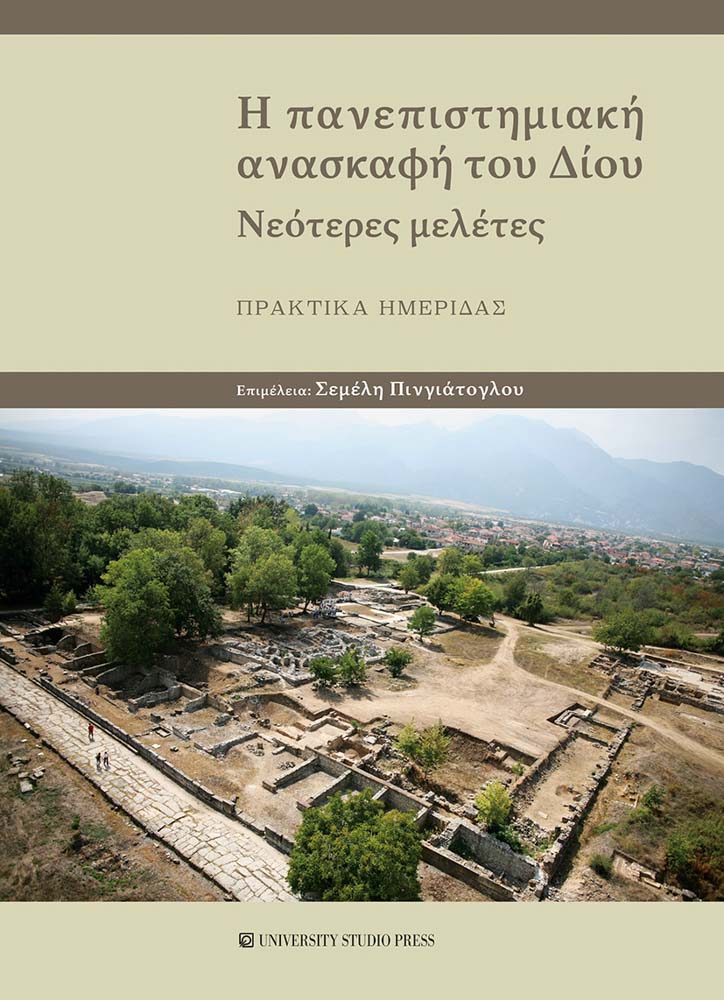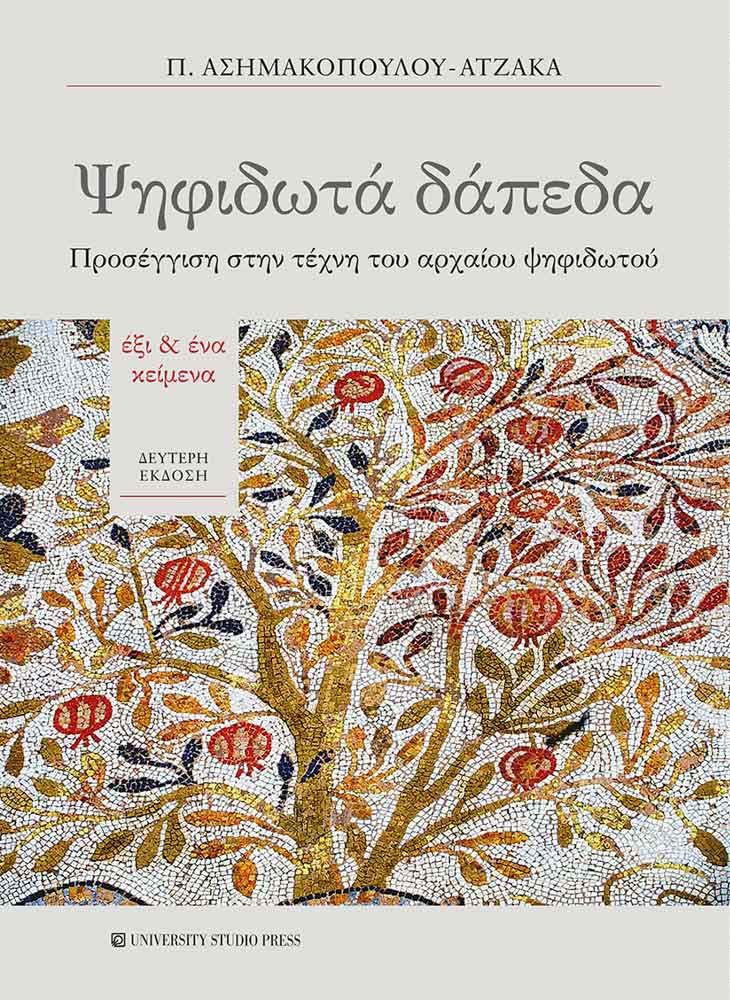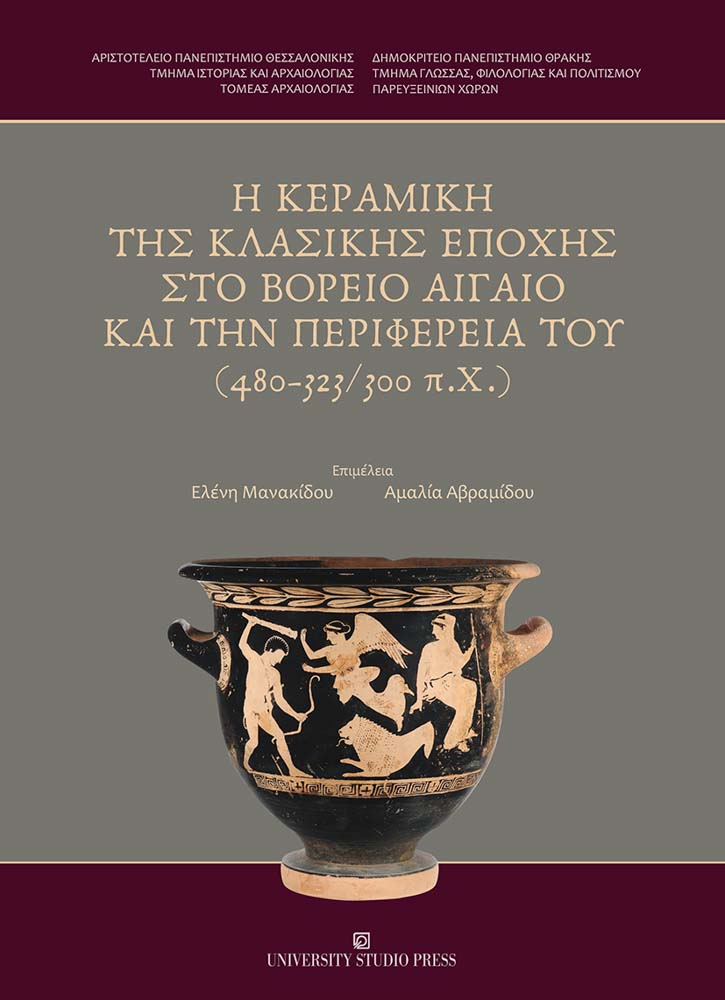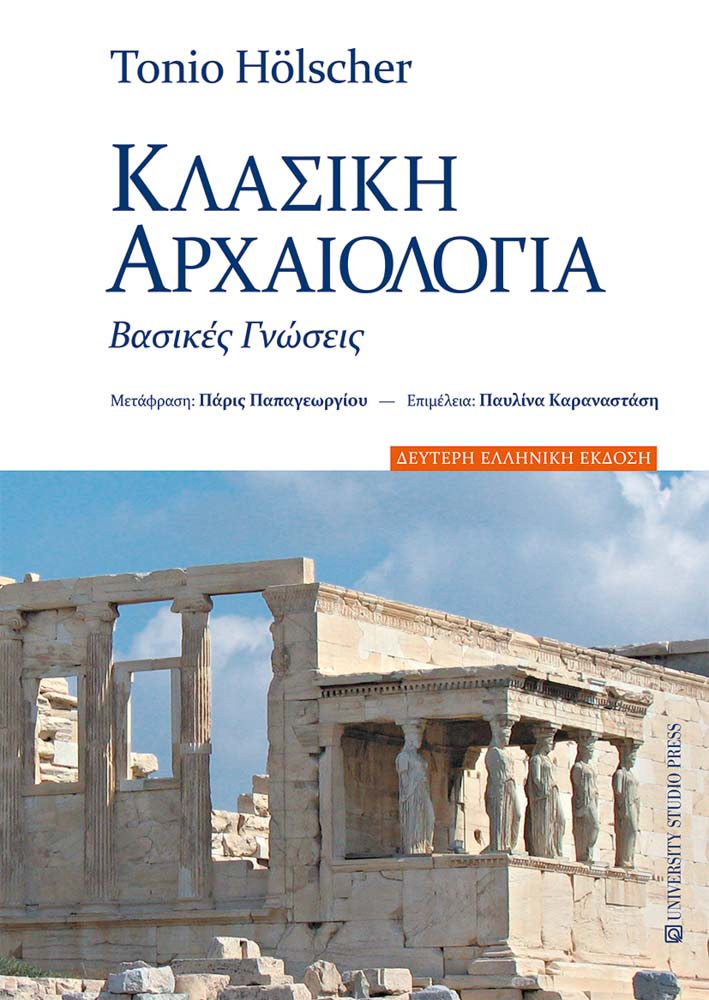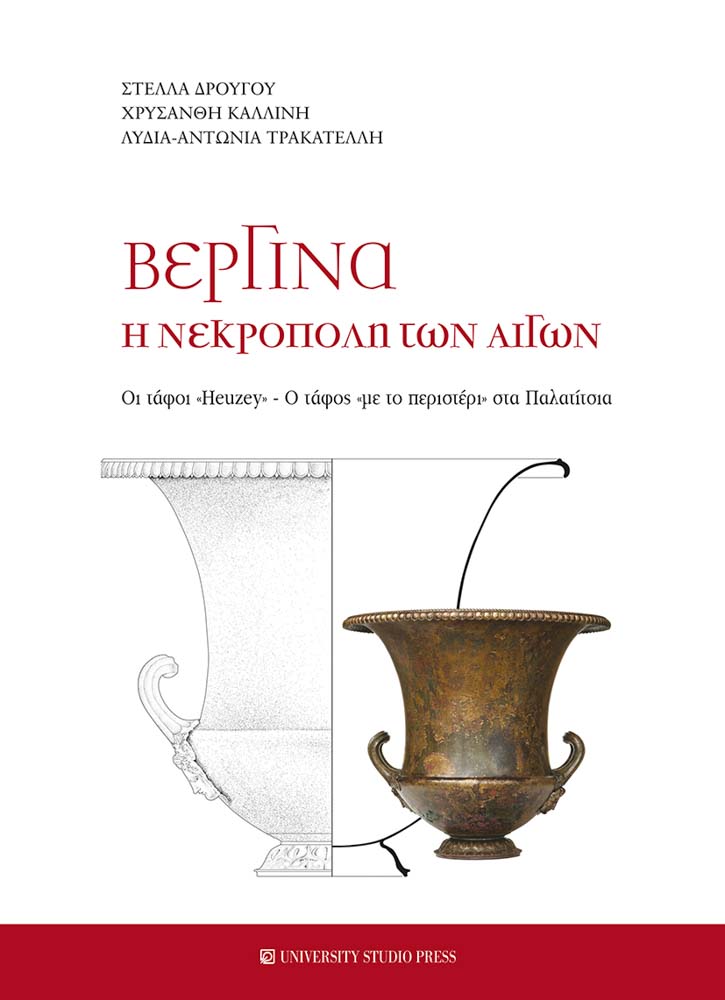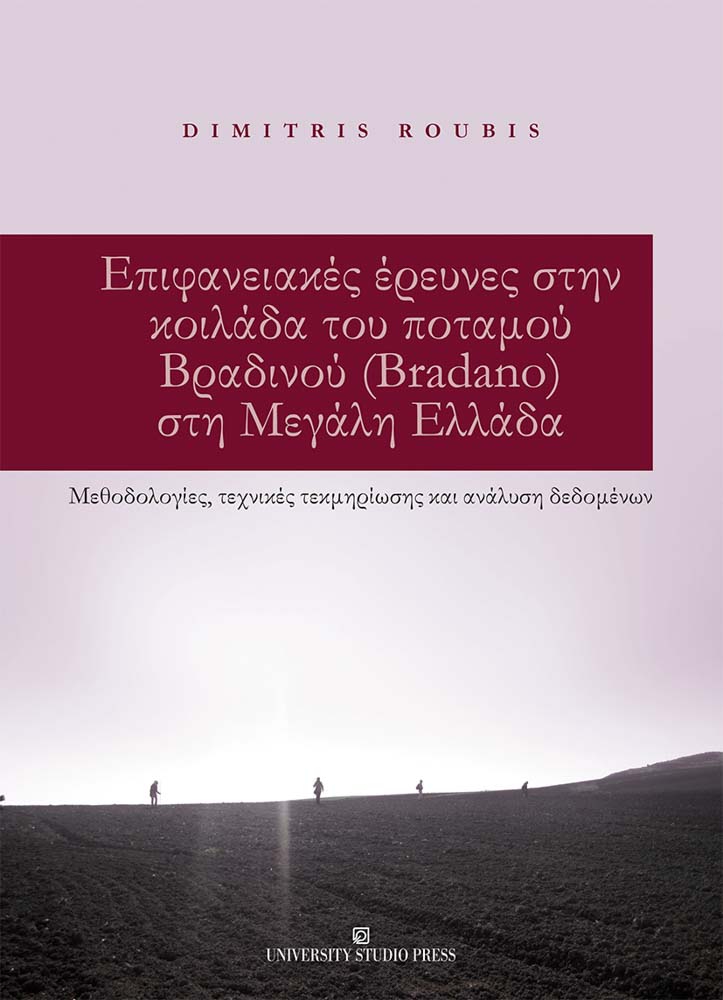Historical Topography of Ancient Macedonia
Cities and other Settlement-sites in the late Classical and Hellenistic periodΕκδότης University Studio Press
ISBN 960-12-0963-8
Ημερομηνία έκδοσης Ιαν 2001
Διαστάσεις 17 x 24
Αριθμός σελίδων 364
Εξώφυλλο Μαλακό
Γλώσσα En
Περιγραφή βιβλίου
The present study deals with the development of cities and other settlement-sites of Macedonia, during the late Classical and Hellenistic period. It takes into account the different districts incorporated into the Macedonian State (dividing them into three major areas i.e. the Lower Macedonia, the Upper Macedonia, and the Eastern districts), studying the mythology, the geographical location and the boundaries, the geophysical appearance and the natural resources, the ethnography, and the history of each district, along with the sites recorded in the ancient sources, that can be attributed to each of them (examining also the location, the archaeology and the history of each site). It thus discusses the geographical, historical, ethnographic and political context under which cities and other communities existed. The study concludes by taking into consideration the different criteria that favoured or dictated the foundation of the previously mentioned Macedonian sites, their distribution on the Macedonian map and their communication links, and their political status as contrasted with the conventional form of the Greek "city" and the sites founded by Alexander and his Successors in the Hellenistic Kingdoms outside Macedonia.
Βιβλία από την ίδια θεματική κατηγορία

Κεντρικά γραφεία – Βιβλιοπωλείο
Σημείο διανομής συγγραμμάτων
Αθήνα, βιβλιοπωλείο, σημείο διανομής συγγραμμάτων

®2025 all rights reserved by University Studio Press
powered by
 engine
🛠20220512.155810
engine
🛠20220512.155810
 engine
🛠20220512.155810
engine
🛠20220512.155810

